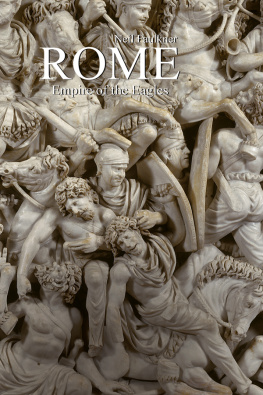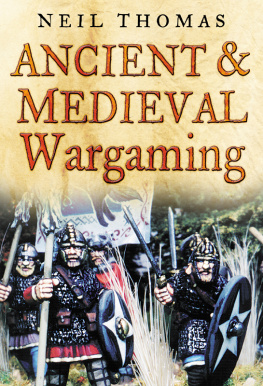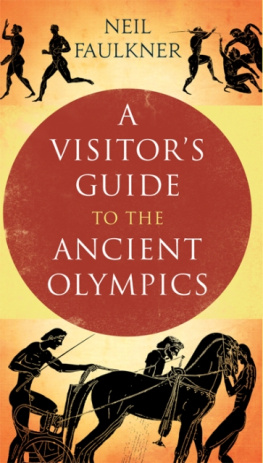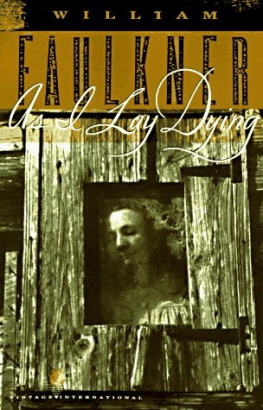I The statue of Zeus, reconstruction painting. Olympia Museum.
II Symposium, fresco in the Tomb of the Diver, c. 470 BC . Paestum Museum, Italy. Art History Images.
III A drunk man vomiting, drinking-cup, 500470 BC . National Museum of Denmark. Photo by Stefano Bolognini.
IV Demeter and Persephone, vase, c. 45025 BC . National Archaeological Museum, Athens. Photo by P. Magoulas. Hellenic Ministry of Culture and Tourism/Archaeological Receipts Fund.
V Sacrifice, Pitsa, c. 540 BC . National Archaeological Museum, Athens. Photo Scala, Florence.
VI View of Olympia, 388 BC . Illustration by Sarah Faulkner.
VII Harnessing horses to a chariot, vase, c. 520500 BC . The Trustees of the British Museum.
VIII The Diskobolos, Roman copy of bronze original of the fifth century BC . The Trustees of the British Museum.
IX Two boxers, vase, c. 55040 BC . The Trustees of the British Museum.
X The Thermae Boxer. Palazzo Massimo, Baths of Diocletian, Rome. Courtesy of Marie-Lan Nguyen (2009).
XI Pankration, vase, 515500 BC . The Trustees of the British Museum.
Ancient merchantman, drawing based on Pompeian fresco. WIPL.
Symposium, drinking-cup. The Trustees of the British Museum.
Dancing girl and flute player, drinking-cup. The Trustees of the British Museum.
Scene at the palaistra, tondo of drinking-cup. Ashmolean Museum, University of Oxford.
Scale-models of the Temple of Zeus. The Trustees of the British Museum.
The Twelve Labours of Herakles, drawings based on the metopes of the Temple of Zeus at Olympia. WIPL.
Scale-model of the Temples of Hera and Rhea and the Terrace of the Treasuries. The Trustees of the British Museum.
Geometric pottery vessels found in excavation. WIPL.
The Winged Victory of the Messenians, reconstruction drawing. Heidelberg University.
Running girl, bronze figurine, 520500 BC . The Trustees of the British Museum.
Sculptures from the east pediment of the Temple of Zeus, c. 460 BC . Alinari Archives, Florence.
Homer. WIPL.
Bronze tripod cauldron. Olympia Museum.
Cauldron mounting. Olympia Museum.
Theseus and the Minotaur, vase, c. 510500 BC . The Trustees of the British Museum.
Hoplite. WIPL.
Hoplite helmet. Olympia Museum.
One of the Hellanodikai, vase. The Trustees of the British Museum.
Bronze tablet recording alliance between Eleans and Herarians of Arcadia, c. 500 BC . The Trustees of the British Museum.
Zeus Horkios, ring. The Trustees of the British Museum.
Two fouls and a flogging, drinking-cup. The Trustees of the British Museum.
Three shapes of athletes, vase. The Trustees of the British Museum.
Trainer of athletes, vase. The Trustees of the British Museum.
Athlete with strigil, bronze figurine. The Trustees of the British Museum.
Strigil and flask. The Trustees of the British Museum.
Pindar. WIPL.
Horse-rider, bronze figurine. The Trustees of the British Museum.
Three events of the pentathlon, vase. The Trustees of the British Museum.
Bronze discus, sixth-century BC . The Trustees of the British Museum.
Lead jumping weights. The Trustees of the British Museum.
Long-jumper, vase. The Trustees of the British Museum.
Javelin point. University of California, Berkeley, Nemea Excavation Archives, no. BR 1577.
Sacrifice, vase. The Trustees of the British Museum.
Wrestling: flying mare, drinking-cup. The Trustees of the British Museum.
Wrestling: body hold, red-figure drinking-cup. The Trustees of the British Museum.
The Thermae Boxer. Palazzo Massimo, Baths of Diocletian, Rome.
Race in armour, drinking-cup. The Trustees of the British Museum.
The Farnese Diadoumenos. The Trustees of the British Museum.
I The gold-and-ivory statue of Zeus inside the Temple of Zeus at Olympia.
II This tomb painting from the inside of a stone sarcophagus depicts a Greek symposium in full swing. We see singing, pipe-playing, lyre-playing, games (the aimed flicking of wine drops), intimate conversation, and open gay flirtation.
III How not to behave at a symposium. Greeks drink their wine diluted with water and in occasional sips. Getting drunk is not generally approved of. Puking up on your host's couch will put you beyond the pale.
IV Demeter (right), the earth-mother goddess of the harvest, wearing a royal crown and holding a royal sceptre. Opposite is her daughter Persephone, also a fertility deity, shown holding a torch and pouring a libation. The torch allows her to light her way in the Underworld. The story goes that the land is blighted by winter during the six months of every year that Demeter's daughter is condemned to spend in the gloomy company of Hades.

















